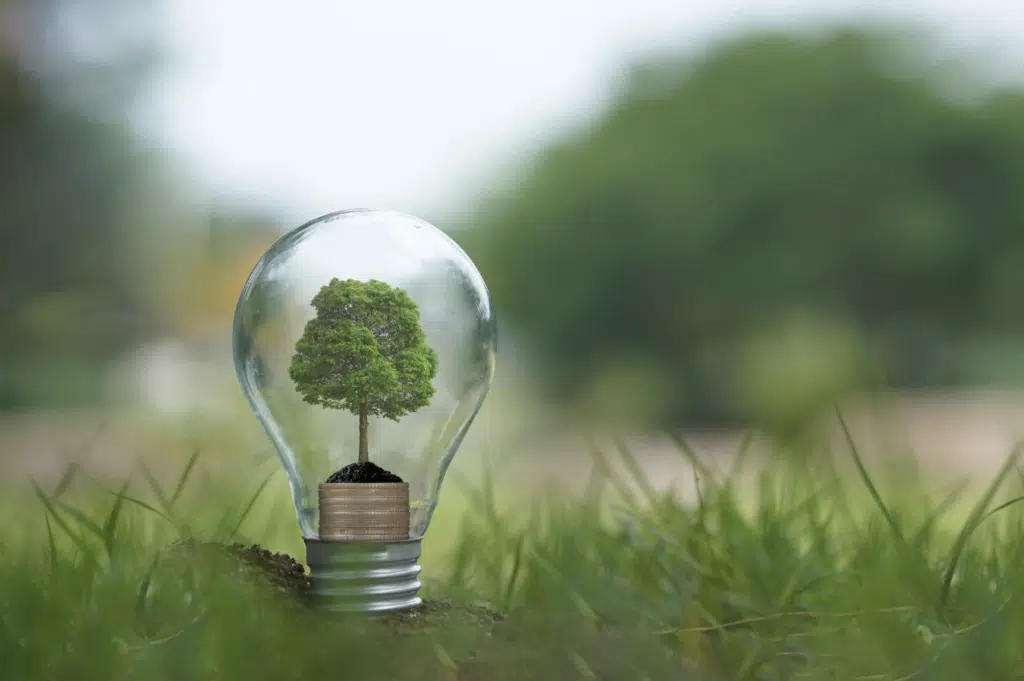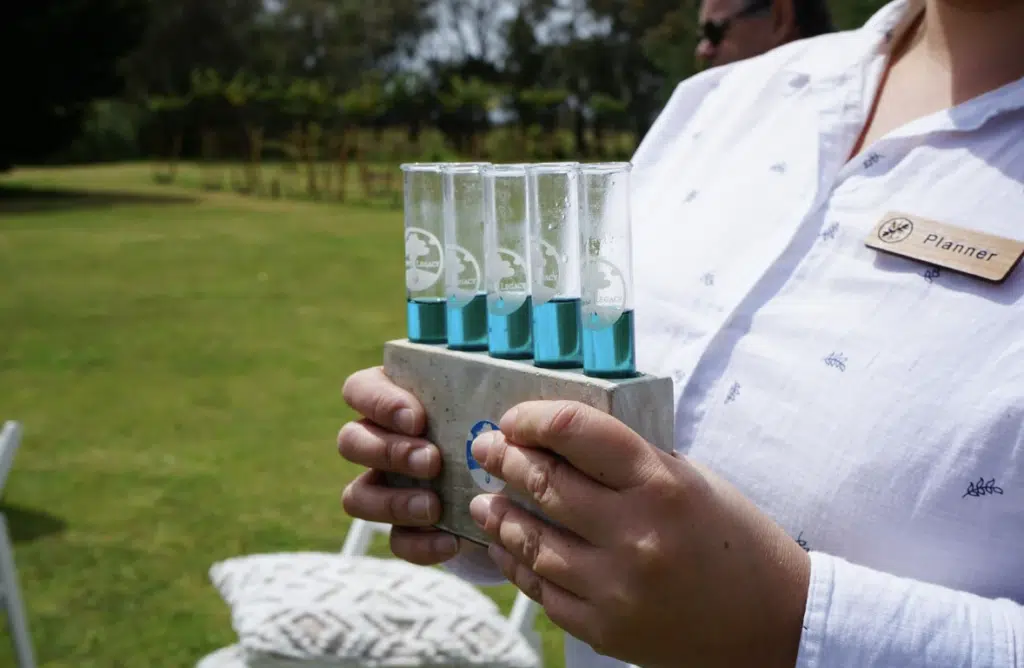Once the cremation process is complete, Australians have a number of ways to dispose of their loved one’s ashes. These include scattering the ashes in a preferred place, keeping them in urns, burying them in designated sites, incorporating them into memorial art and jewelry, or transforming them into living memorial trees. Of all these options, turning ashes into a memorial legacy tree is undoubtedly one of the most impactful choice you can make. This environmentally friendly option not only honors your loved one, but also provides lasting environmental benefits and a tangible, growing connection for families. This article explores these various methods, with a particular focus on the process and benefits of creating Living Legacy Tree Memorials from cremated remains.
Understanding Cremation Ashes

Cremated remains, often called ashes or cremains, are not actually ashes in the traditional sense. They are primarily composed of bone fragments that have been processed into a fine, sand-like consistency. Despite being called “ashes,” the remains have a coarse, granular texture and range in color from pasty white to dark gray, depending on the bone structure of the deceased. The weight of these remains typically ranges from four to seven pounds (about 1.8 to 3.5 kg) for adults.
The chemical composition of cremated remains is primarily calcium phosphates, specifically hydroxyapatite (Ca5(PO4)3(OH)), which constitutes approximately 50-70% of bones. They also contain smaller quantities of other elements such as sodium, potassium, and magnesium. The exact composition can vary depending on the individual’s weight, diet, age, and genetic conditions.
It’s crucial to note that untreated cremation ashes have a high pH level of around 12, similar to bleach, which is significantly alkaline and almost 1 million times too high for most plants. They also contain high levels of salt, with about one cup of salt per average set of cremated remains. This composition makes untreated ashes potentially harmful to soil and plant life.
Common Things To Do With Cremated Remains in Australia

- Scattering: You might choose to scatter the ashes in a location that held special meaning for your loved one, such as their favorite beach or garden. While this can be a beautiful tribute, remember to obtain necessary permissions. Also don’t forget that scattering untreated ashes can harm the environment and affect tree health due to their high alkalinity and salt content.
An independent study in 2014 in Melbourne showed that untreated ashes killed 90% of seedlings within 21 days. The high pH and salt levels harm the soil biology so it’s not just the plant they harm it’s the soil the plants grow in so it’s a lasting impact.
Another study showed that cigarette buts only reduced plant growth by 30% so if you wouldn’t scatter cigarette butts in a delicate eco system you wouldn’t not do the same with ashes.
- Keeping in an Urn: You may find comfort in keeping the ashes close by in an urn at home or in a columbarium. This traditional option provides a close and tangible connection to your loved one and can be a source of solace during your grieving times. But what happens to to urn long term? Does it get handed down through generations? For many it is a daily reminder of death and loss.
- Burial: You have the option to bury the cremated remains in a cemetery in a mausoleum for example.
- Cremation Jewelry: You may choose to have a small portion of the ashes sealed within specially designed jewelry. This allows you to keep a part of your loved one close at all times in a discreet yet meaningful way.
- Living Legacy Trees: Services like Mornington Green Legacy Gardens in Melbourne provide you with a high environmental impact option. Your loved one’s ashes can be treated and transformed into soil nutrients to plant and grow a memorial tree, creating a living tribute for generations and you can feel a whole heartfelt connection by visiting it year round. See the types of trees that can be planted here.
Each option offers its own way of preserving memories and finding comfort. Whichever you choose is deeply personal and should reflect both your loved one’s wishes and what brings you and your family the most peace and lasting connection.
Environmental Considerations

It’s important to understand the environmental impact of different methods of ash disposal:
- Scattering Untreated Ashes: Contrary to popular belief, scattering untreated ashes can be harmful to the environment. The high alkalinity (pH around 12) and high salt content can damage soil, harm plant life, and disrupt local ecosystems. One study in Melbourne showed that untreated ashes killed 90% of seedlings within 21 days.
- Traditional Burial vs. Cremation: While cremation does produce carbon dioxide emissions (about 534.6 pounds or 242.5 kg per cremation), its overall environmental impact is lower than traditional burial. A study found that a casket burial releases about 833 kg of CO2, compared to 233 kg for cremation. Planting a single tree offsets the impact of cremation.
- Tree Memorials: By treating the ashes and using them to nourish a tree, this method turns a potential environmental negative into a positive. The tree not only offsets the carbon footprint of the cremation but continues to benefit the environment for years to come.
Creating a Living Legacy: Infusing Ashes with a Tree

One of the most environmentally beneficial options is to use cremated remains to nourish a tree. This process involves treating the ashes to neutralize their alkalinity before mixing them with soil and planting a tree. This method not only memorializes the deceased but also contributes positively to the environment.
The Process:
- Ash Treatment: The cremated remains are carefully treated with a special formula to neutralize harmful substances and transform them into beneficial nutrients for plant growth. This process, using the “Living Legacy Formula,” uses microbiology to convert ashes into nutrients for plant growth.
- Tree Selection: Families can choose a tree species that holds personal significance. Some people select trees that flower on meaningful dates, such as birthdays or anniversaries. Available trees from Cherry Blossom to Jacaranda, explore here!
- Planting Process: The treated ashes are mixed with soil and used to plant your chosen tree, providing essential nutrients to support its growth.
- Ongoing Care: Regular maintenance ensures the tree’s health and longevity, allowing the living legacy to flourish.
Mornington Green offers ongoing care and protection without further added costs. Contact them for more information
Benefits of Turning Ashes into Trees:

- Environmental Sustainability: Trees absorb carbon dioxide, produce oxygen, and provide habitats for wildlife, supporting ecological balance. A study by Centennial Park in Adelaide showed that the carbon dioxide impact of cremation can be offset by planting a single tree.
- Perpetual Care: if the tree dies or gets sick it is replaced.
- Emotional Healing: A living tree serves as a lasting, tangible connection to the deceased, offering a place for reflection and solace. As the tree grows and changes with the seasons, it can provide comfort and a sense of ongoing connection to your loved ones.
- Enduring Legacy: As the tree grows, it creates a living memorial that honors the memory of your loved one and provides a sense of continuity for future generations of your family. This approach allows the essence of your loved one to continue nurturing life in a new form.
- Eco-friendly Alternative: Unlike traditional burials or scattering of untreated ashes, which can have negative environmental impacts, turning ashes into trees contributes positively to the ecosystem.
If you are interested in eco-friendly memorial options or seeking more information on handling cremated remains, consulting with memorial specialists or visiting dedicated memorial gardens can provide valuable insights and guidance during your griefing and sensitive time. Services like those offered by Mornington Green Legacy Gardens provide a way to plant a living memorial that benefits both the environment and your family, offering a meaningful alternative to traditional burial practices.
By choosing to turn ashes into trees, you and your family can honor your loved ones while making a positive impact on the environment. As our society becomes increasingly environmentally conscious, options like these are gaining popularity, this offers a meaningful way to celebrate life and contribute to a greener future.

